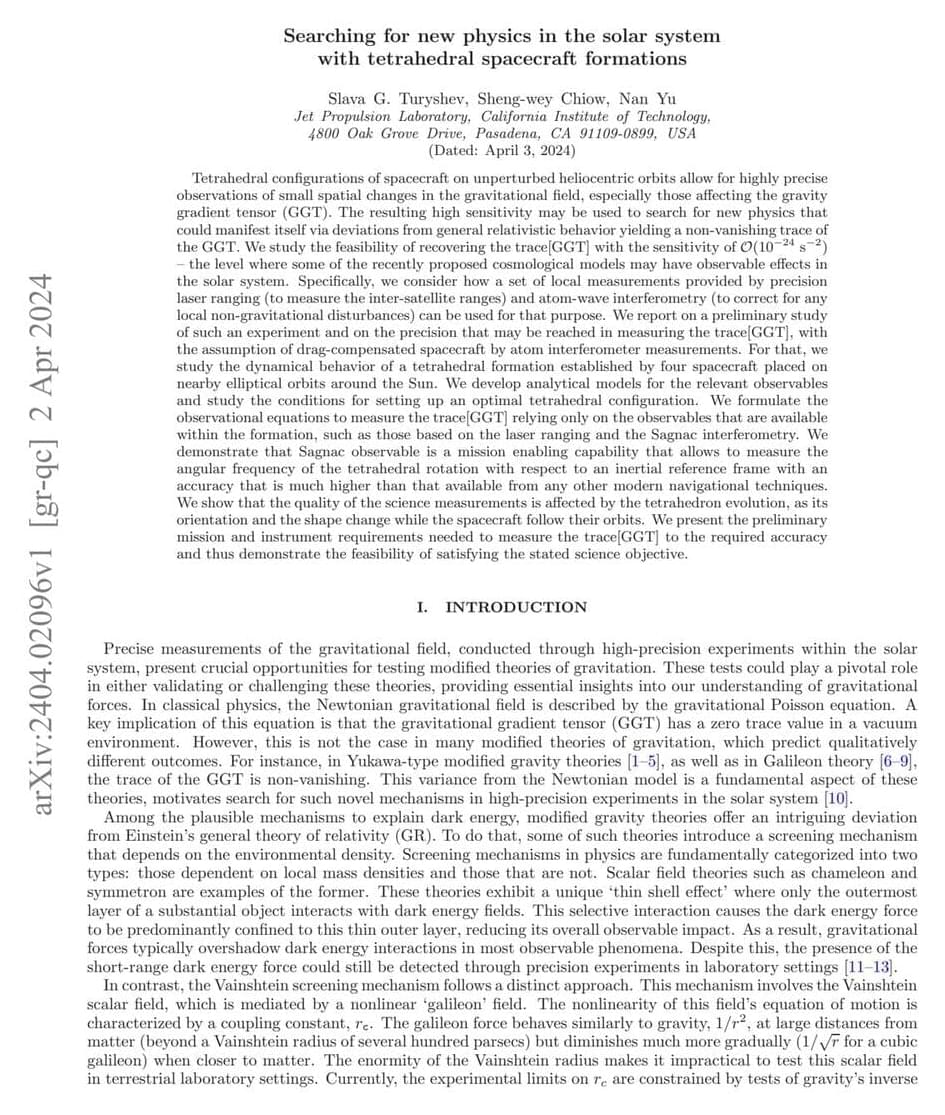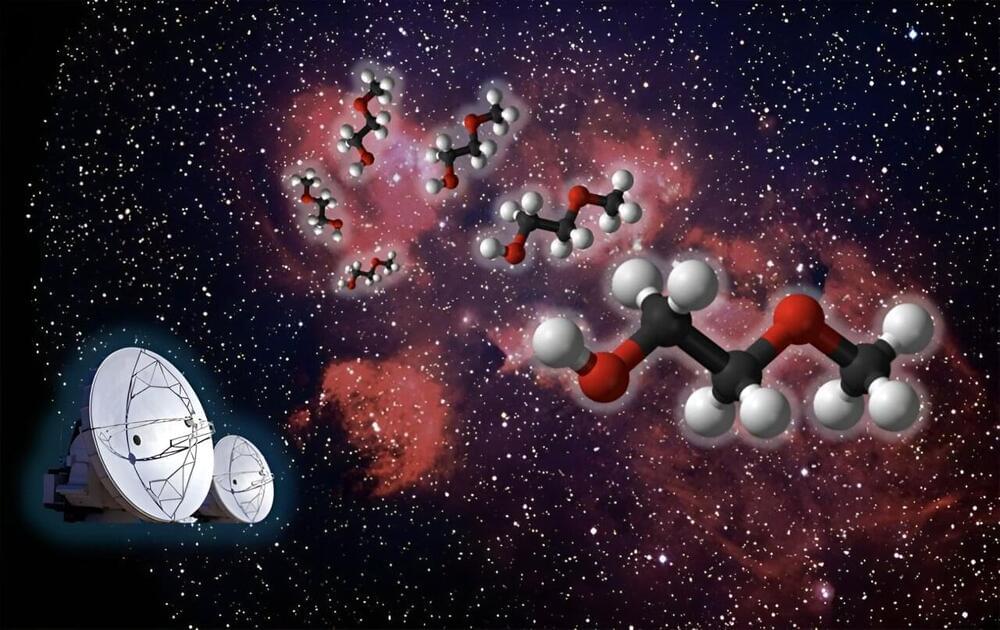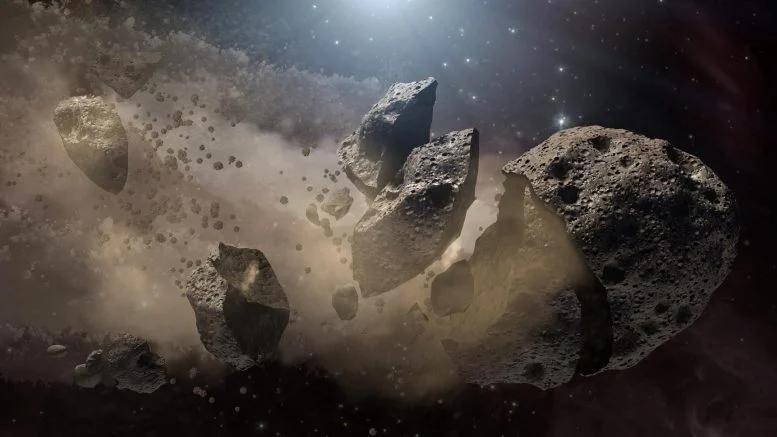Go to https://galaxylamps.co/sabine, use the code SABINE and get your Galaxy Projector 2.0 with 15% off!
Most astrophysicists believe that 95% of the universe is dark stuff — dark matter and dark energy. We can’t see, feel, or hear it, but it’s supposedly all around us. NASA scientists recently proposed a new experiment to test what is going on with the dark stuff in our vicinity. The want to use four small spacecraft flying around the solar system in a tetrahedron formation to look for variations from Einstein’s theory of gravity. Let’s have a look.
Paper: https://arxiv.org/abs/2404.02096v1
🤓 Check out my new quiz app ➜ http://quizwithit.com/
💌 Support me on Donorbox ➜ https://donorbox.org/swtg.
📝 Transcripts and written news on Substack ➜ https://sciencewtg.substack.com/
👉 Transcript with links to references on Patreon ➜ / sabine.
📩 Free weekly science newsletter ➜ https://sabinehossenfelder.com/newsle…
👂 Audio only podcast ➜ https://open.spotify.com/show/0MkNfXl…
🔗 Join this channel to get access to perks ➜
/ @sabinehossenfelder.
🖼️ On instagram ➜ / sciencewtg.
#science #sciencenews #astrophysics #space.
00:00 What.
03:45 How




